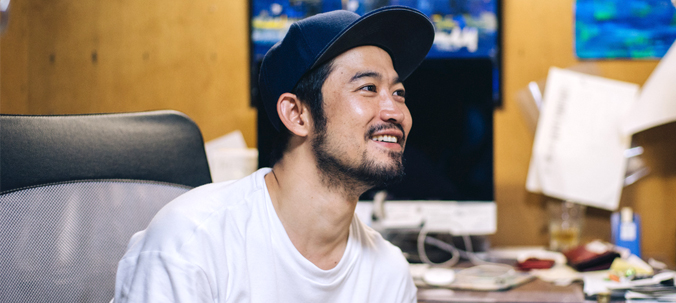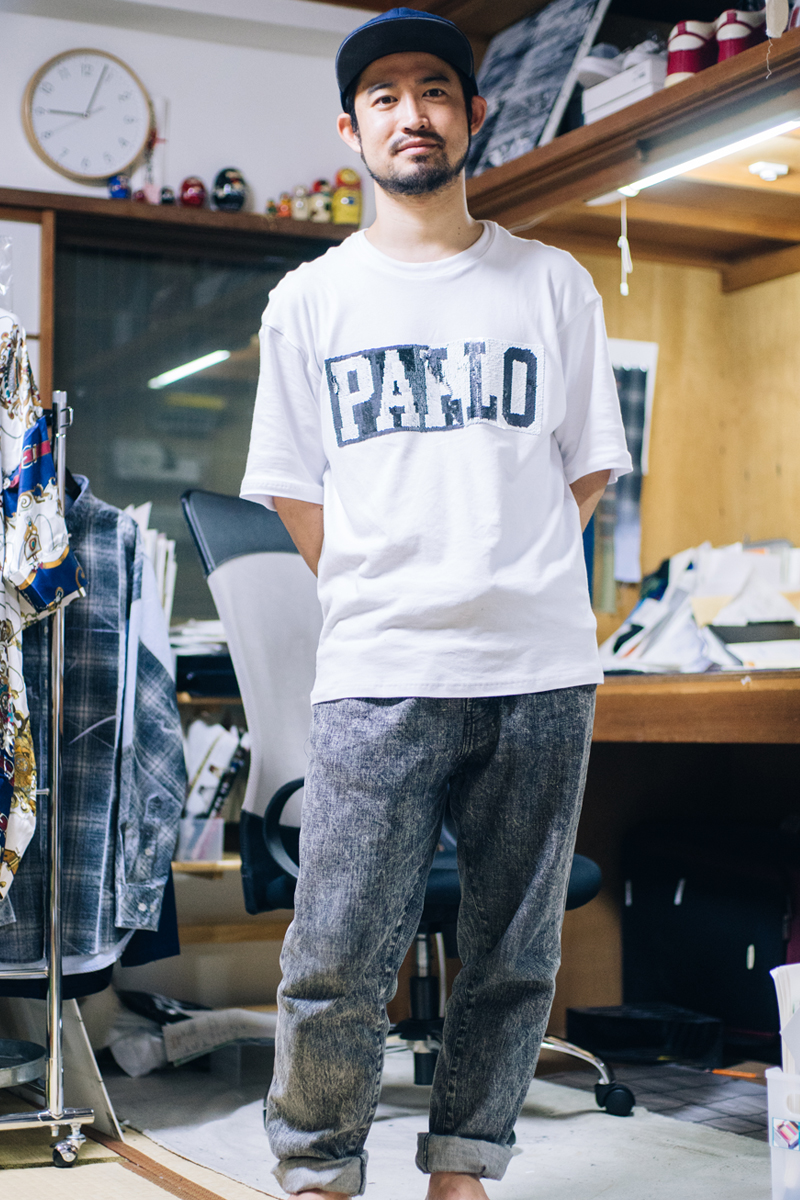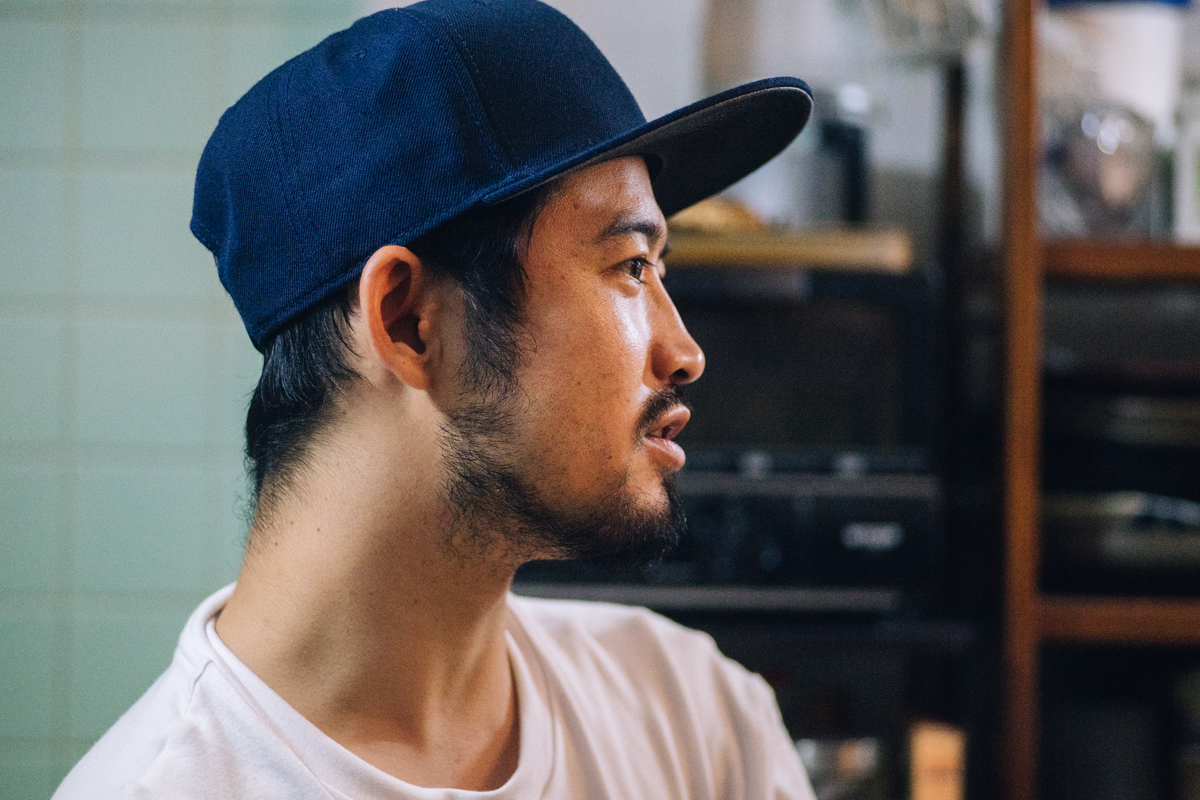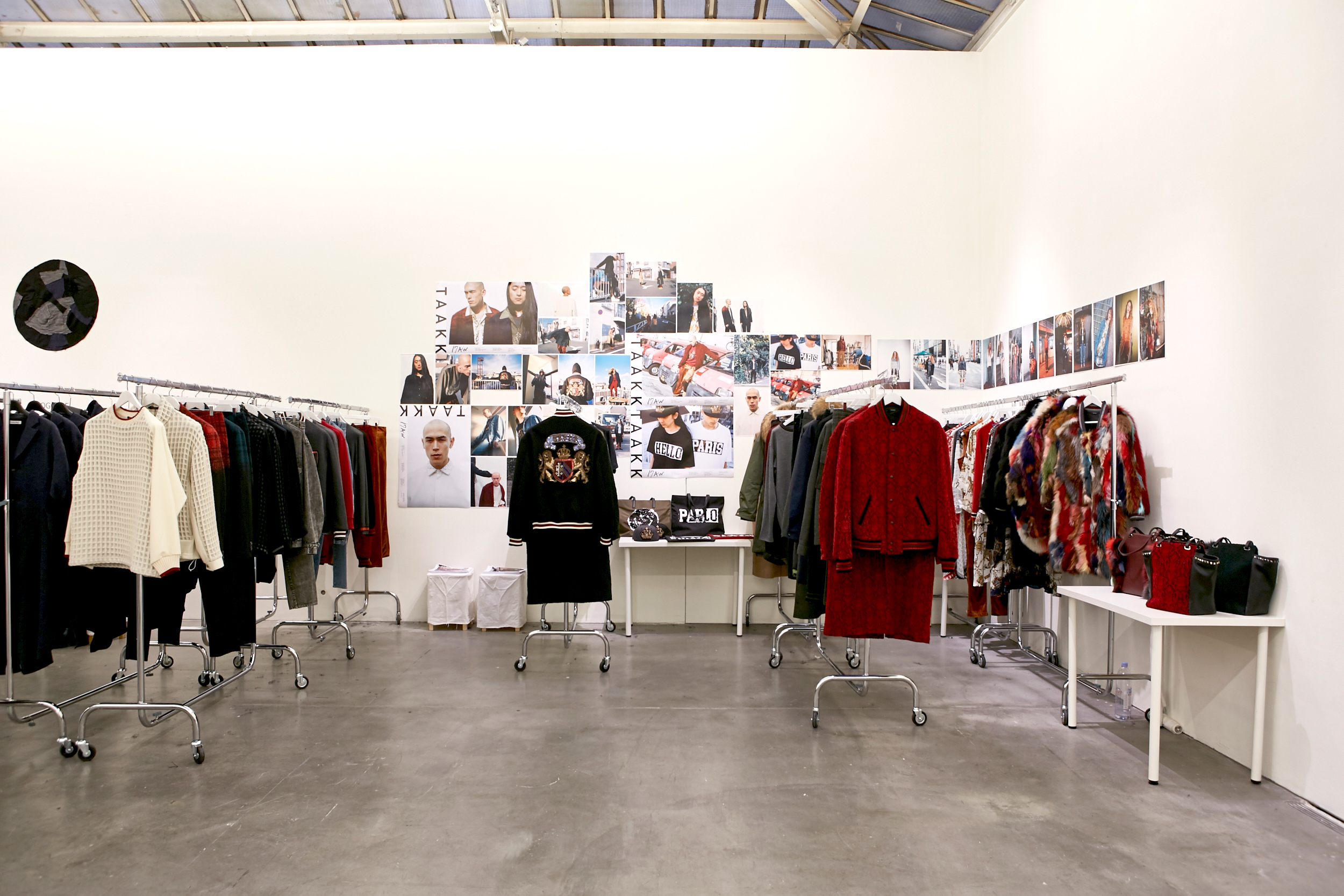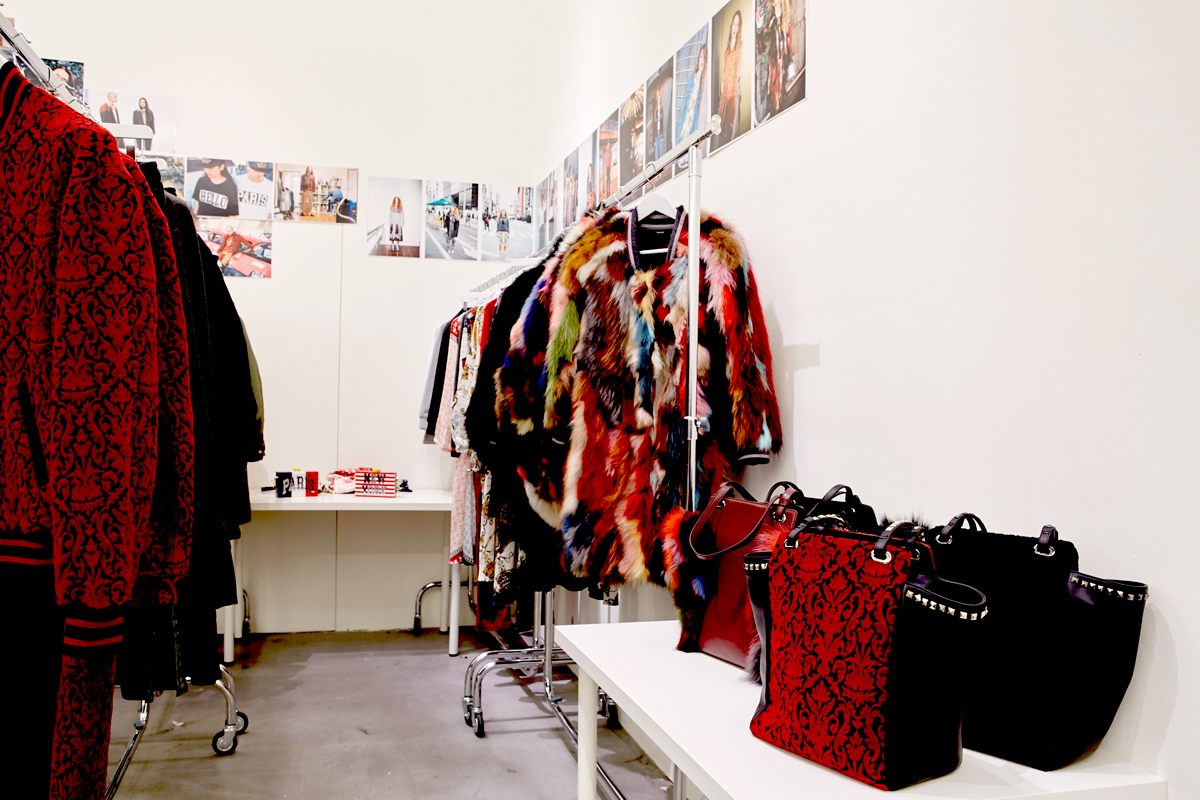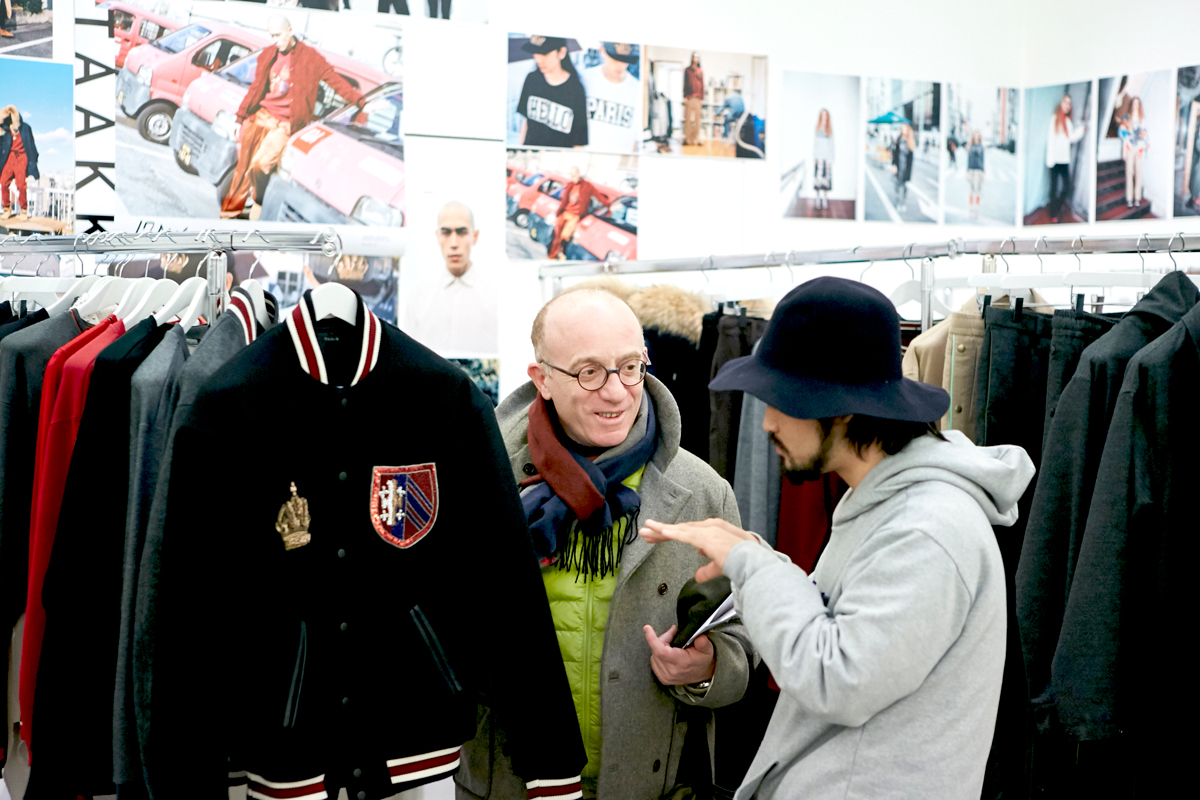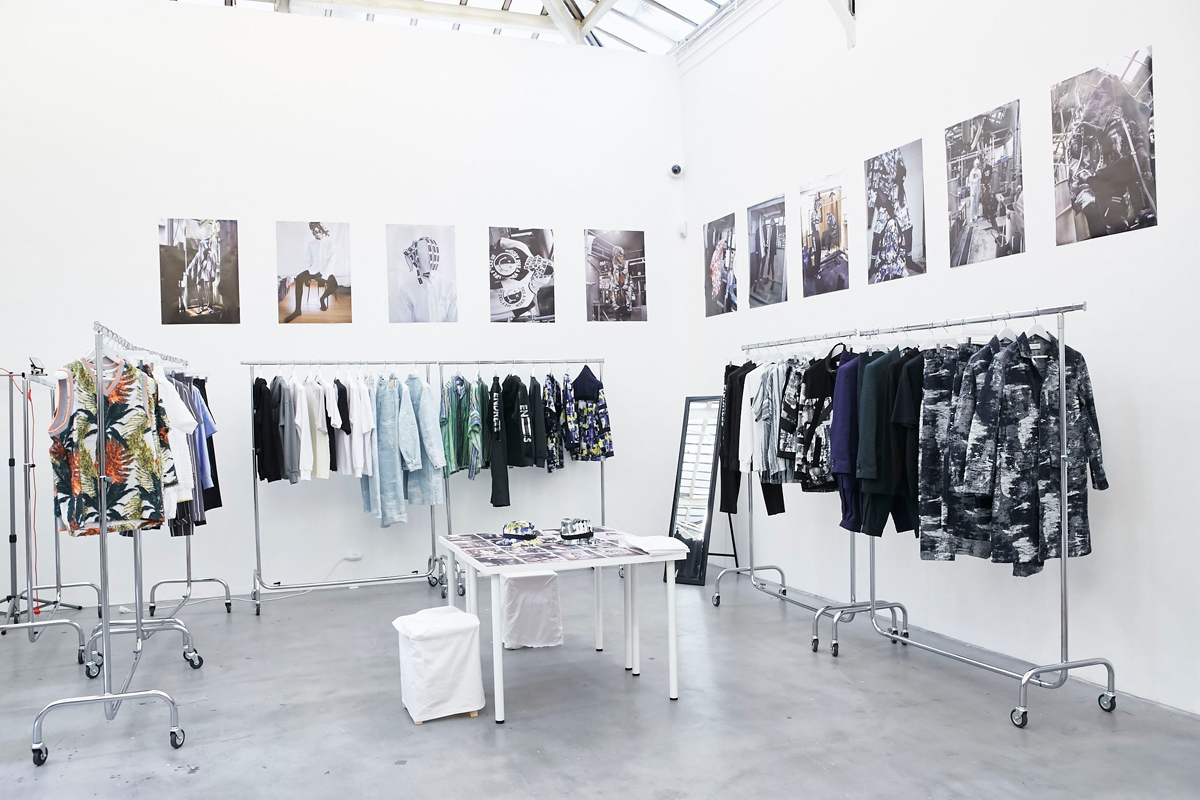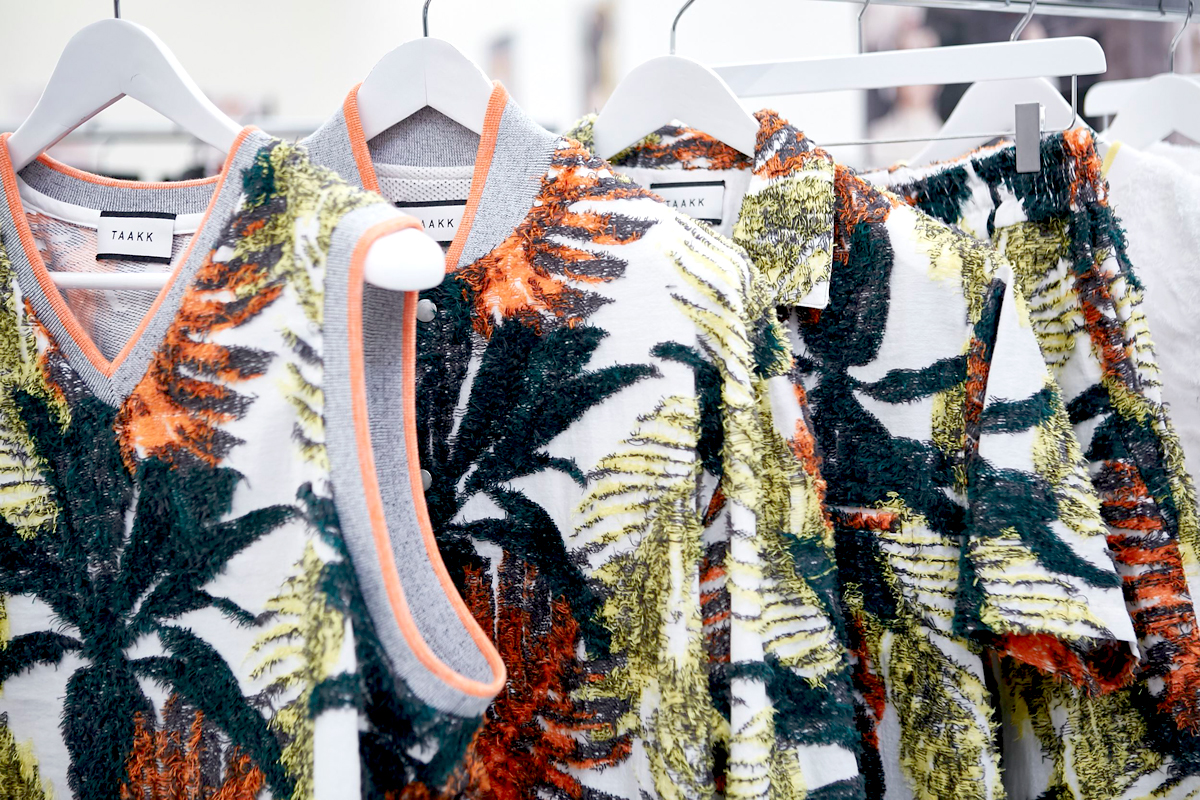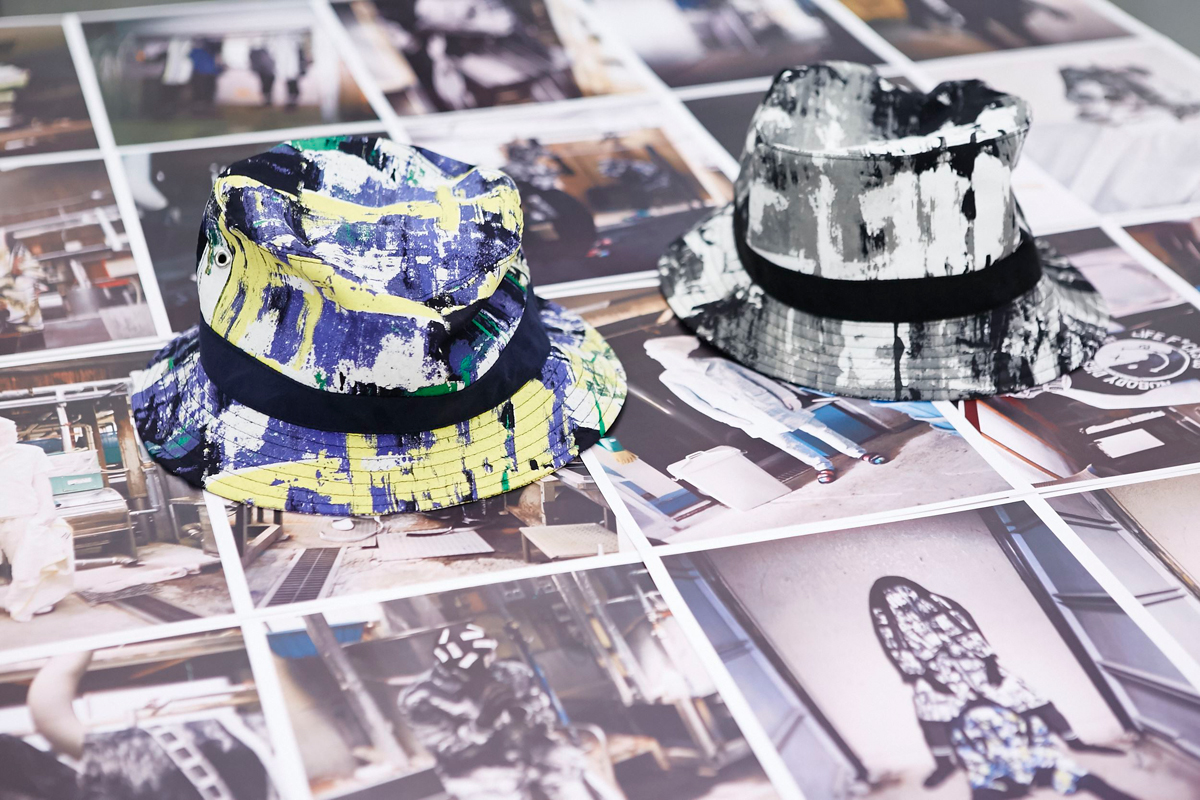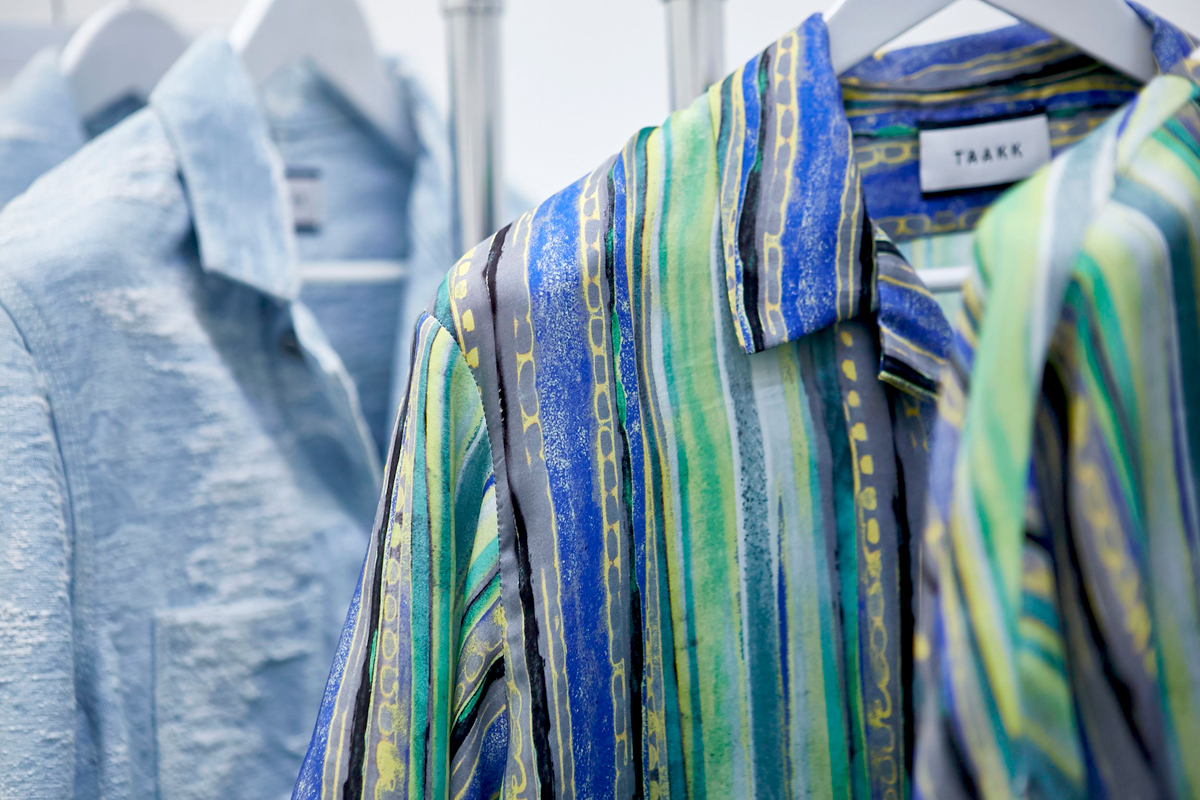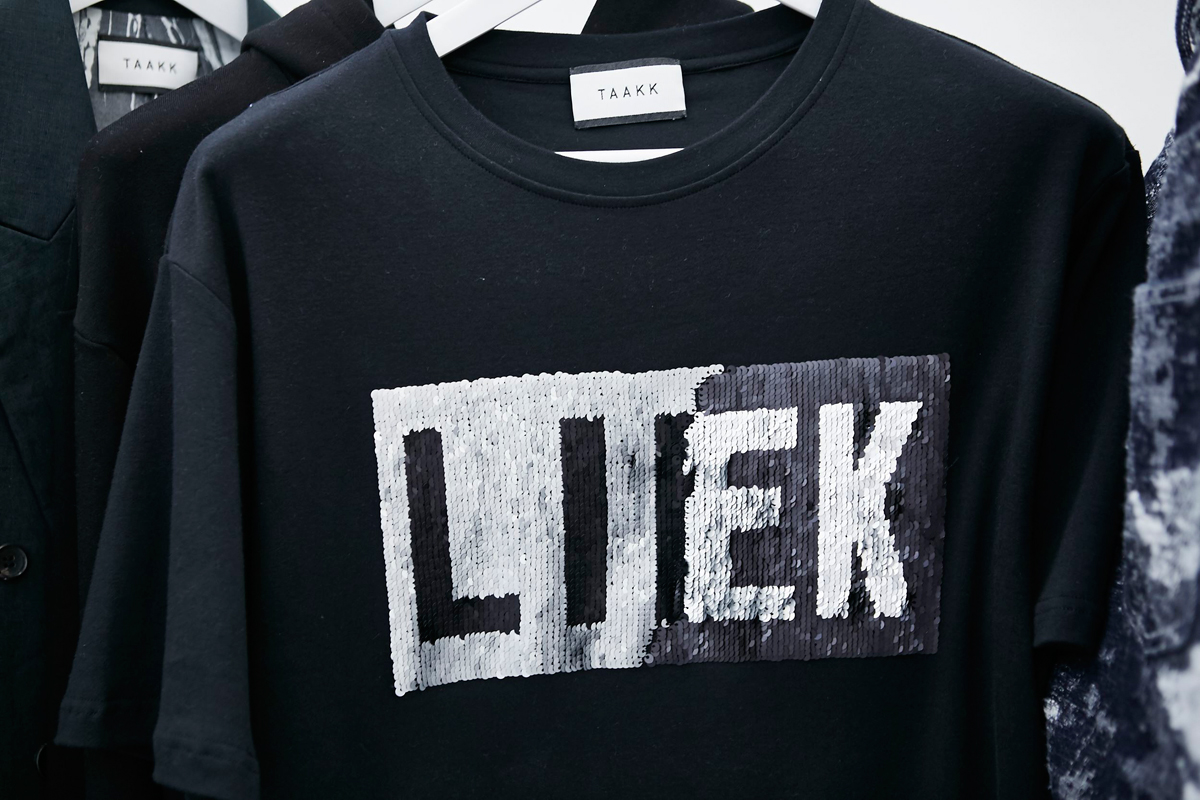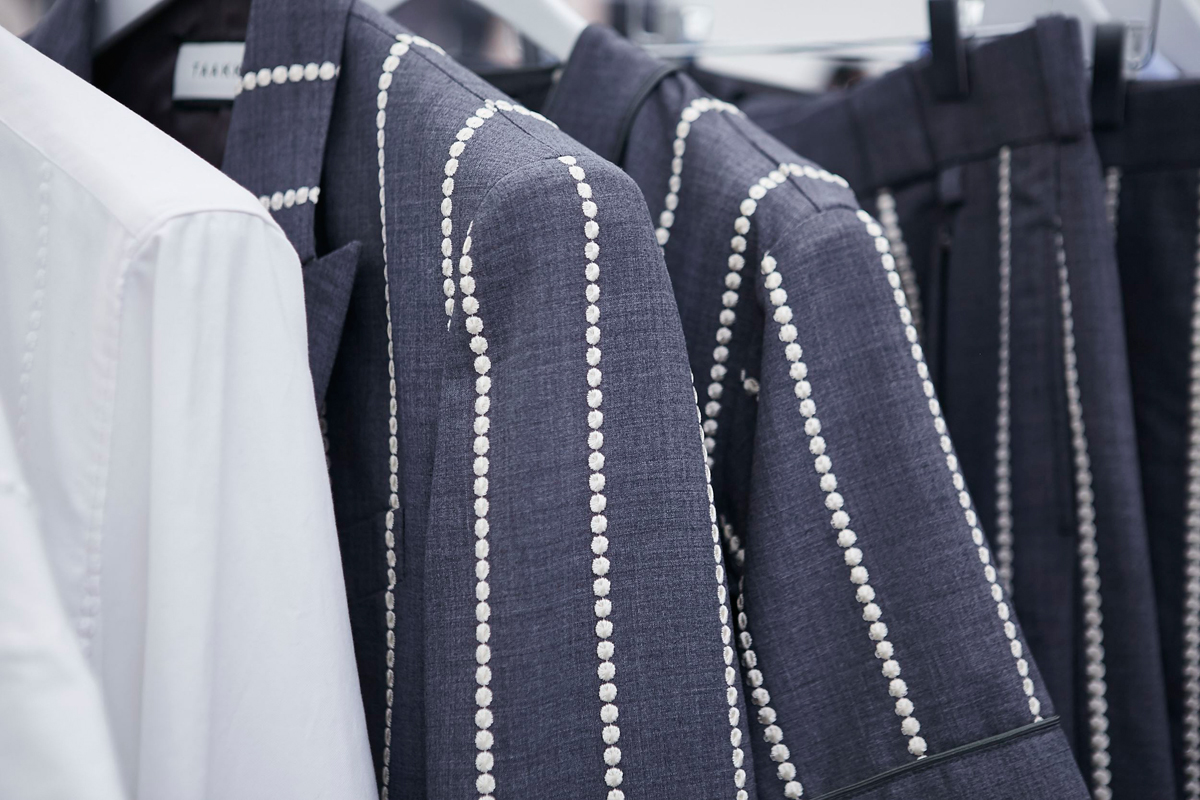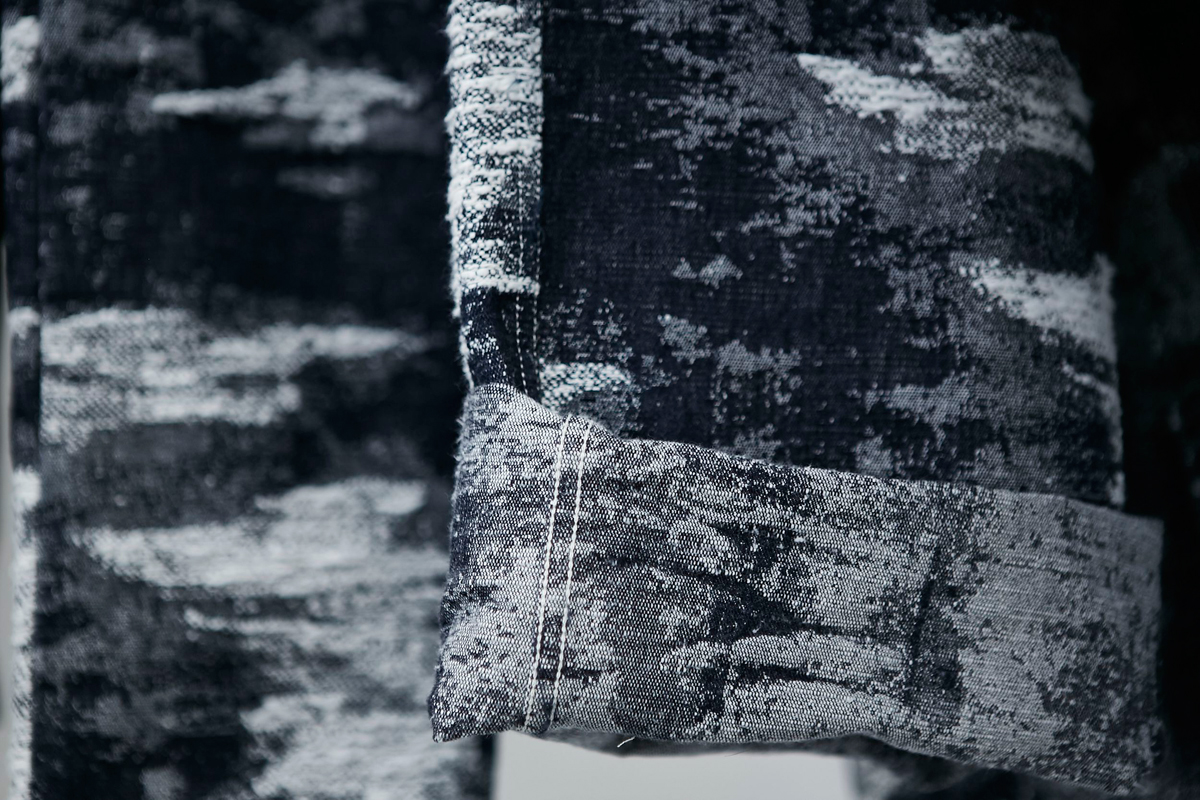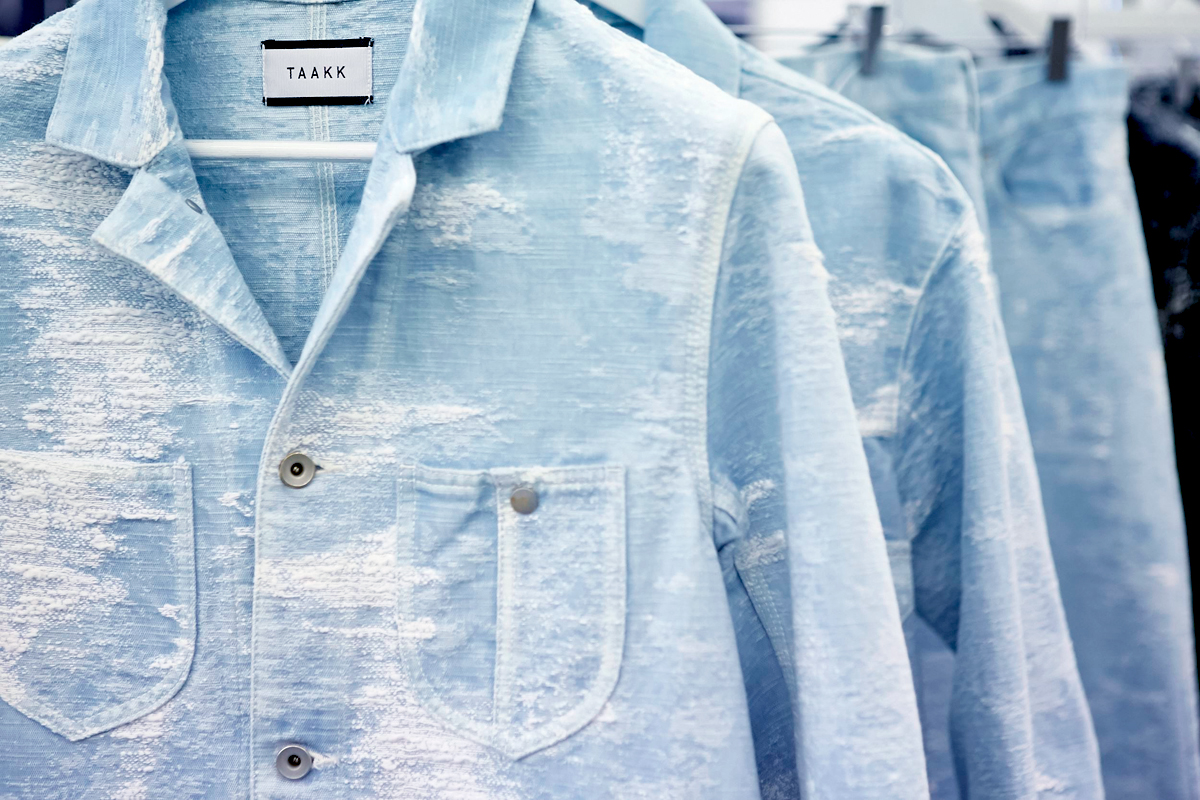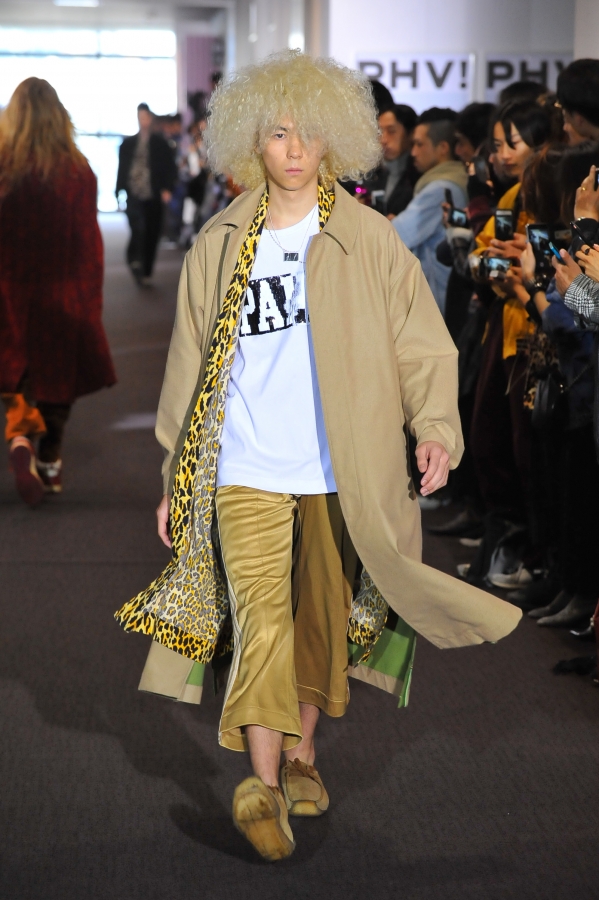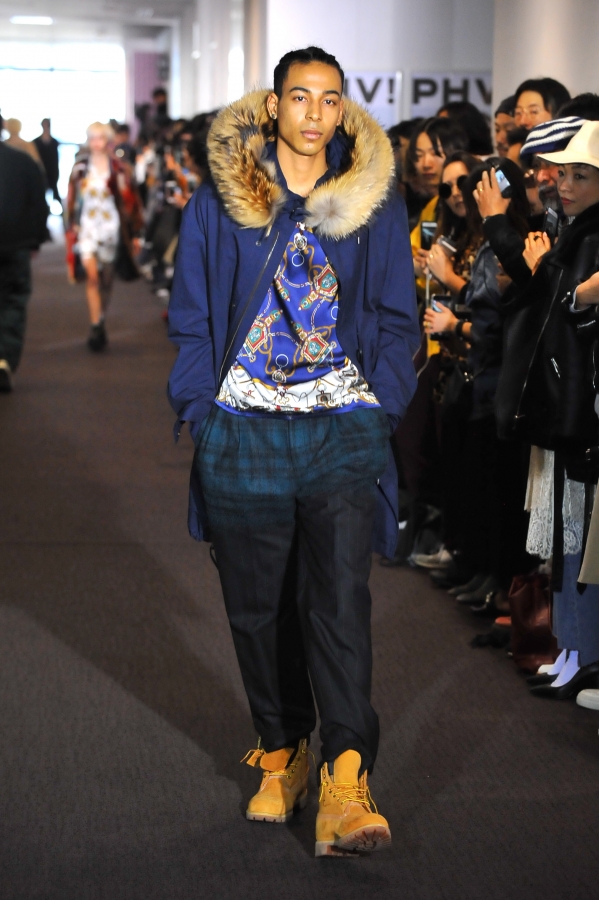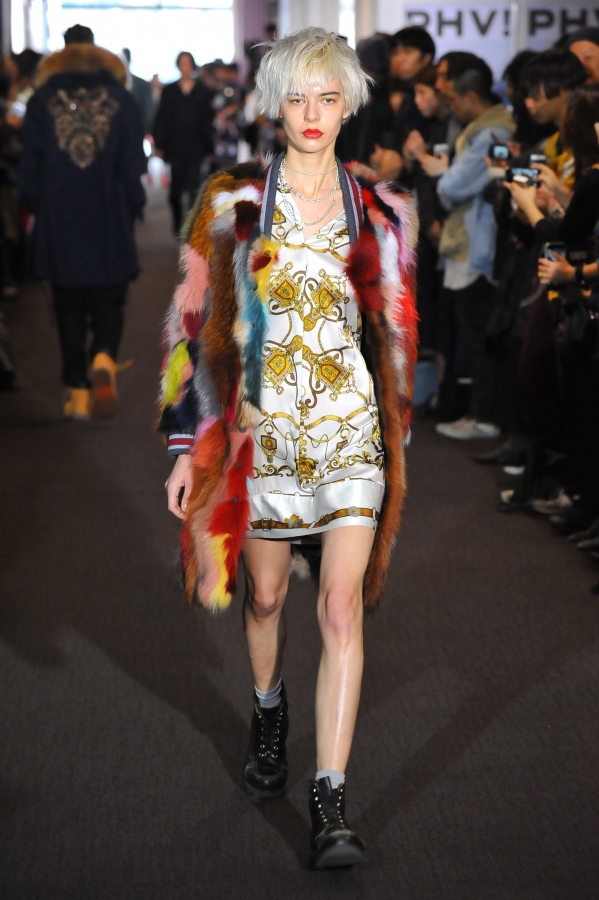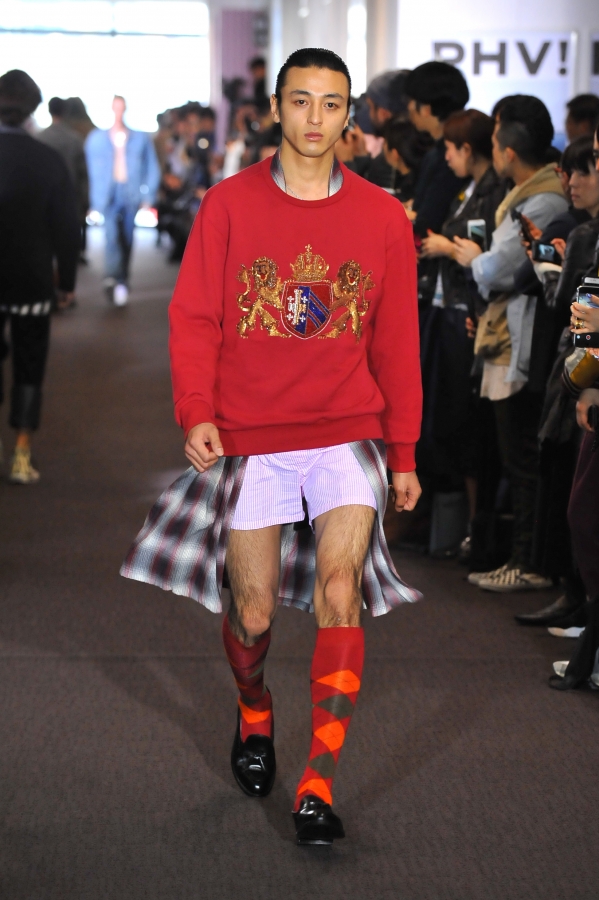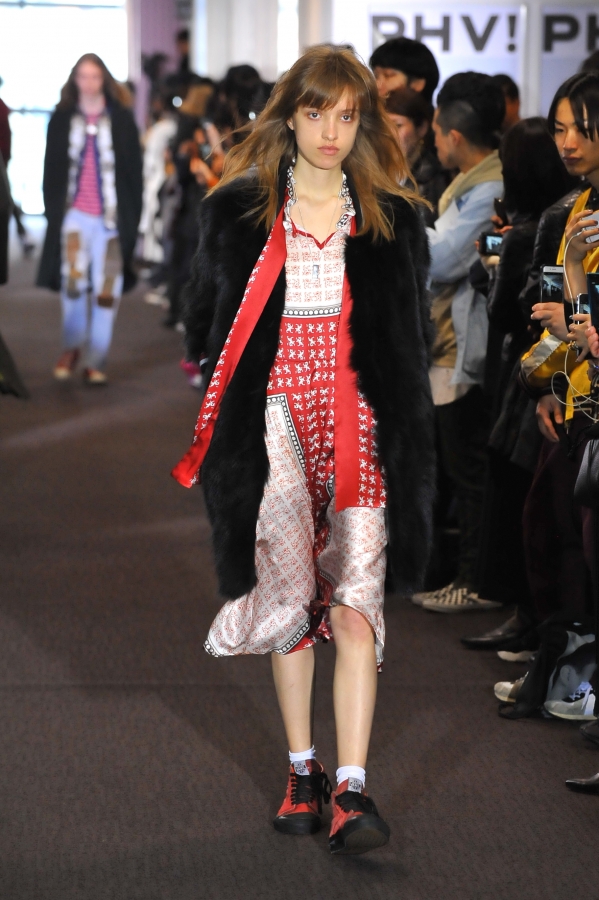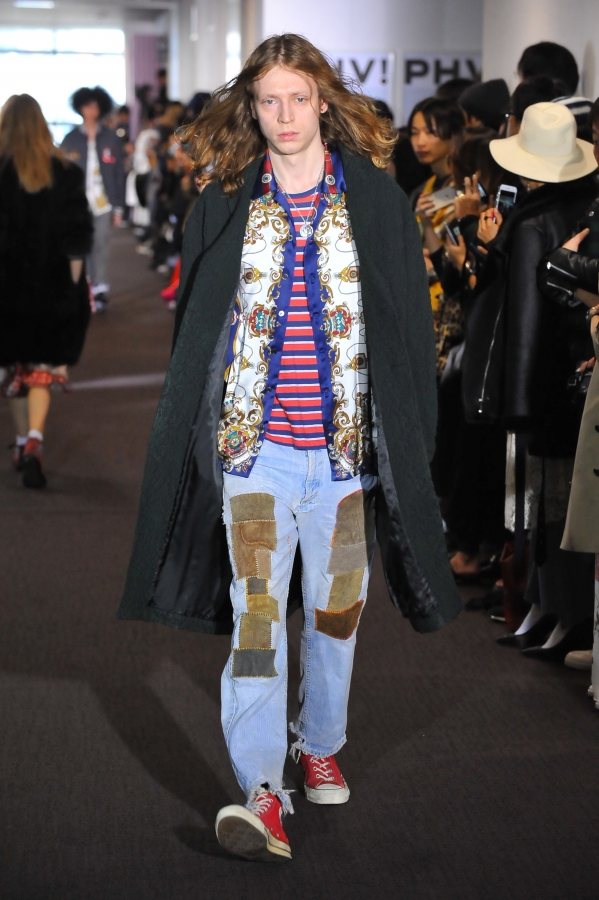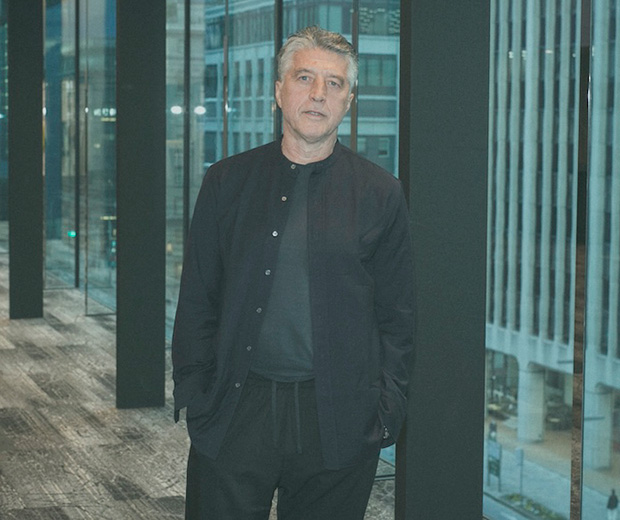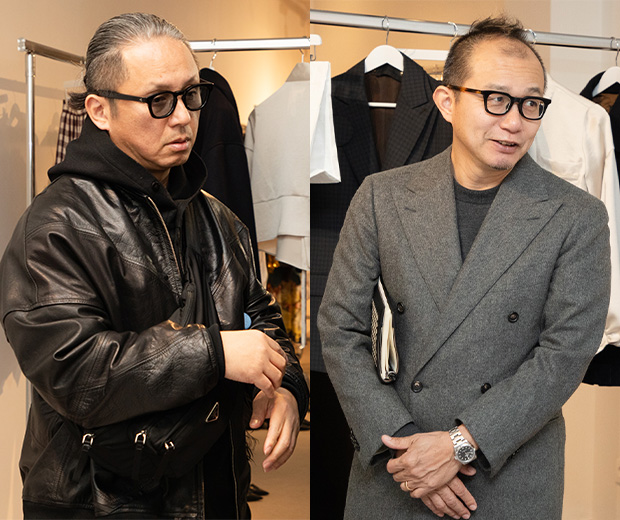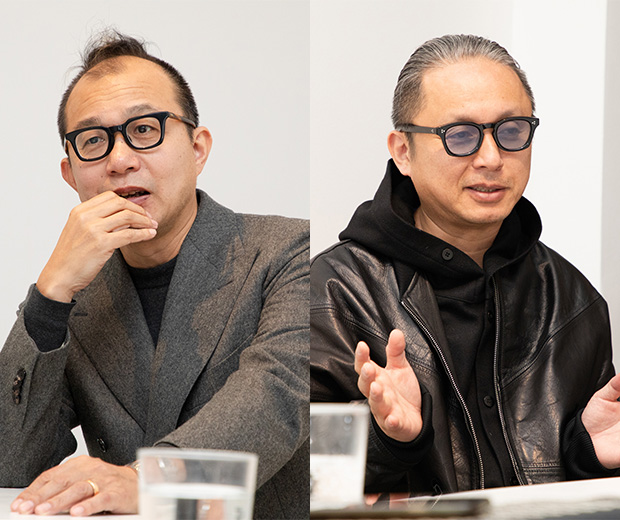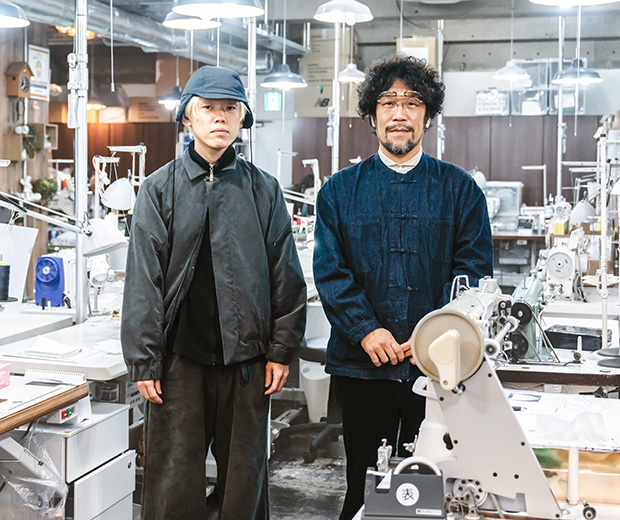Takuya Morikawa (TAAKK)
This March, TAAKK stole the topic of conversation by presenting an unprecedented runway show using the hallway between Hall A and B of Shibuya Hikarie, the main venue of Amazon Fashion Week TOKYO. His creations strongly reflecting the skills and particularities towards fabrics nurtured during his years at ISSEY MIYAKE has gathered attention instantaneously, and although the brand is still in its 5th year, has already become a popular brand with developments both nationally and internationally. After being awarded the 2017 TOKYO FASHION AWARD and carrying out their first exhibition at Paris, they went on to participate in an exhibition at New York. We’ve interviewed Mr. Takuya Morikawa, the designer of this brand which is heading towards a new stage through these overseas experiences.
Before starting up your own brand, you worked at ISSEY MIYAKE, right? What kind of work did you do there?
I worked at ISSEY MIYAKE for 7 years, and during this time, I was involved with all sorts of work, including PLEATS PLEASE, both lady’s and men’s collection lines, even the planning of Mr. Issey’s (Miyake) exhibition. During my time of involvement in the exhibition, I used to make presentations of shoes made of washi-paper (traditional Japanese paper) to Mr. Issey every day while my colleagues were making clothes, and there was a moment when I thought “what the heck am I doing, when I’m supposed to be making clothes” (laugh), but this was a once in a lifetime experience, and I feel it is fully being utilized in my work today.
What opportunity led to starting up TAAKK?
When imagining their career, most designers hope of becoming independent and starting up their own brand around when they are 30 years around. That was the exact image I had, and I actually became independent right after my 30th birthday (laugh). Back then, I was part of the men’s design team, but because I had been working in the lady’s field until then, making life-sized men’s wear was very refreshing to me. I was in an environment which allowed me to reflect my opinion in production, from textile development to design, so it was very interesting. Back then, I had an unfounded confidence, and believed I could do everything alone, by myself. When I look back, I think it is thanks to this mistaken self-confidence that I was able to become independent.
What kind of clothes were you thinking of making in your own brand?
The image of the clothes I want to make are basically unchanged since the days I worked at ISSEY MIYAKE, and I have a wish to make creations in which I can make new discoveries together with textile companies and/or factories that I work with. This image is constantly growing in my mind, but when it comes to actualizing it, various problems always arise. But as we go through this process of countless trials and errors, fabulous things are often born at unexpected moments, and I’m beginning to think that’s what “newness” is.
Is there anything you hold dear or are particular about in clothes making?
I take extra care in aspects that form the basis of design, such as textile development. Rather than making clothes by combining existing textiles with existing bottoms and zippers, etc., I think starting from the development of materials allows me to convey my image more directly, and I think of this as my forte.
How do you decide on your seasonal themes?
I don’t really spend much time thinking about seasonal themes. Of course, I’ll do research into themes that I am concerned with, but I think, for customers, the attraction of the clothes themselves is more important than the theme. However, when we announced our collection at the Paris showroom earlier, after winning the TOKYO FASHION AWARD, we found out it was easier to convey through a theme. People often say ‘theme’ in one bite, but there are a variety of themes, from technological themes to themes on ways of thinking, and I have now realized that, to convey to others, it is important to put those into words.
Were there any changes through having announced your collection overseas?
It has made me think more deeply about my individuality. I’ve always wanted to spread sales channels widely both nationally and internationally since the start of the brand, but when we try to sell overseas, the retail price inevitably becomes expensive, so it is not easy to compete with local brands. For our brand to be worth spending that much money, I feel the brand needs a strong individuality. Through this, I’ve also become conscious of reevaluating the skills that I have accumulated in the past, and re-expressing them. For example, in our latest season, I worked on needle-point studs which I used in earlier years of the brand, and I am presently thinking of including one such revival aspect every season from now on.
Does that mean, you will be expressing your individuality more by putting into shape the brand’s assets which you have compiled up to now?
Exactly. To be honest, there are many fabrics and techniques that we have developed, but only used once. I’m thinking of taking a second look at those. People often tell me, “you used to use this sort of expression a lot”, but in truth, most of the time, I’ve only used them once. Good things become planted in people’s memories, and it is difficult to fully express the attractions of a newly developed fabric or skill with just one trial. I think, making beneficial use of past reflection points, and re-introducing a more brushed up version, will have a valuable cumulative effect on the brand.
Interview by Yuki Harada / Translation by Aiko Osaki
Photography by Yohey Goto
In 2013, won the TOKYO NEW DESIGNER FASHION GRAND PRIX, and was chosen as the designer to represent Japan at the Asia Fashion Association, Bangkok convention. Award winner of the 2017 TOKYO FASHION AWARD.
[ Website ] http://www.taakk.jp/

